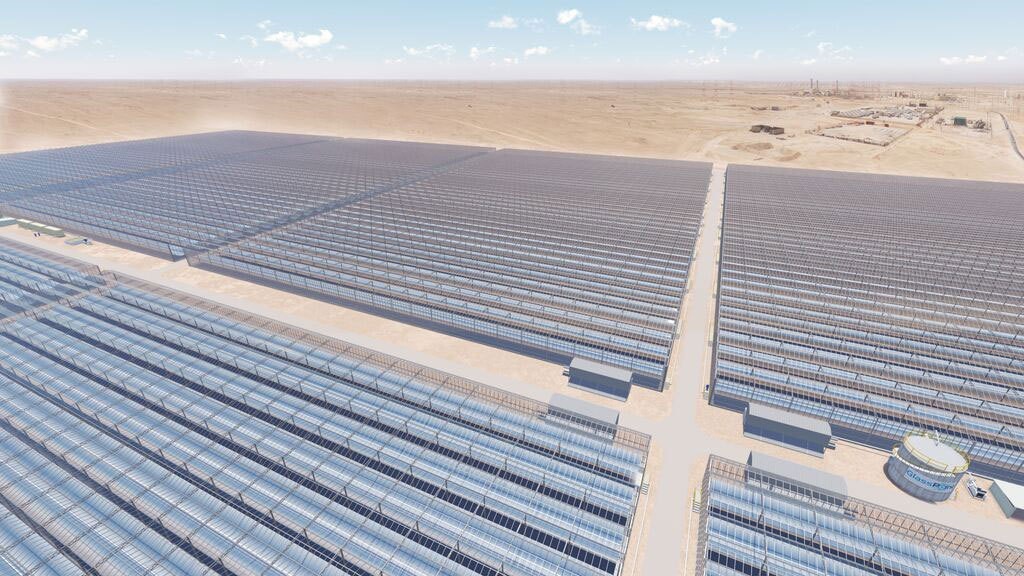
The world’s nations must adapt to new technologies to ensure sustainability and supply security as the world moves to low-carbon power generation, according to the International Energy Agency.
A new IEA report prescribes a new balance between regulation and competitive markets as electricity generation undergoes massive transformation, as the push for low-carbon power generation shifts the industry towards high investment in renewables and other new technologies even as demand stagnates or declines in many countries.
Just in time, the IEA presents Re-powering Markets: Market design and regulation during the transition to low-carbon power systems. Drawing on the Agency’s review of best practices in electricity market design, mainly in Europe, the United States and Australia, the study – Re-powering Markets – offers guidance to governments, regulators, companies and investors on how to transition to low-carbon generation.
“For a century, a centralized high-carbon power system kept the lights on,” IEA Executive Director Fatih Birol said in the report. “If regulatory regimes, market design and system operation end up lagging behind technology deployment, the result may undermine electricity security and, ultimately, the low-carbon transition itself.”
In order to meet the goal of capping temperature growth at 2 degrees Celsius (3.6 degrees Fahrenheit), the average carbon- dioxide intensity of power needs to decline from 441 grams per kilowatt hour last year to 15 grams by 2050 for the 34 nations in the Organization for Economic Cooperation and Development.
The target of 2 degrees Celsius is a part of the global deal to reduce greenhouse-gas emissions agreed in Paris two months ago. Exceeding the ceiling will trigger the most dangerous disruptions to the environment, according to United Nations scientists.
Besides efficient markets, the shift to a low-carbon energy system requires a robust carbon price to help reveal the right value for various technologies. That is part of the regulation with long-term arrangements that is necessary to attract investments in a timely manner and at the scale required. Investors, governments and consumers all have to share the risks in the transition, Re-powering Markets explains, to ensure efficient and lowest-cost evolution.
More than just generation is at stake. Networks, too, are critical: improving and expanding power grids, including across borders, helps ensure successful integration of higher shares of wind and solar power as well as increases energy security.
Proper governance is necessary to see the bigger, often transnational, picture critical to a modern electricity system: options examined in the book include transmission auctioning.
Regulation of distribution must also be modernised to take into account the potential of batteries as well as consumers who also produce renewable electricity, according to the IEA
As the markets evolve, though, shortages of capacity can result in scarcity prices. While these prices are critical to incentivise generators to produce as well as to get consumers to reduce demand, Re-powering Markets makes clear the need for an adequate regulatory framework during hours of capacity shortage.
The IEA said: “In the end, there is no definitive market design for the low-carbon energy systems of the future. But governments and industry around the world must adjust as new technologies prompt constant evolution.”
Recommended for you
